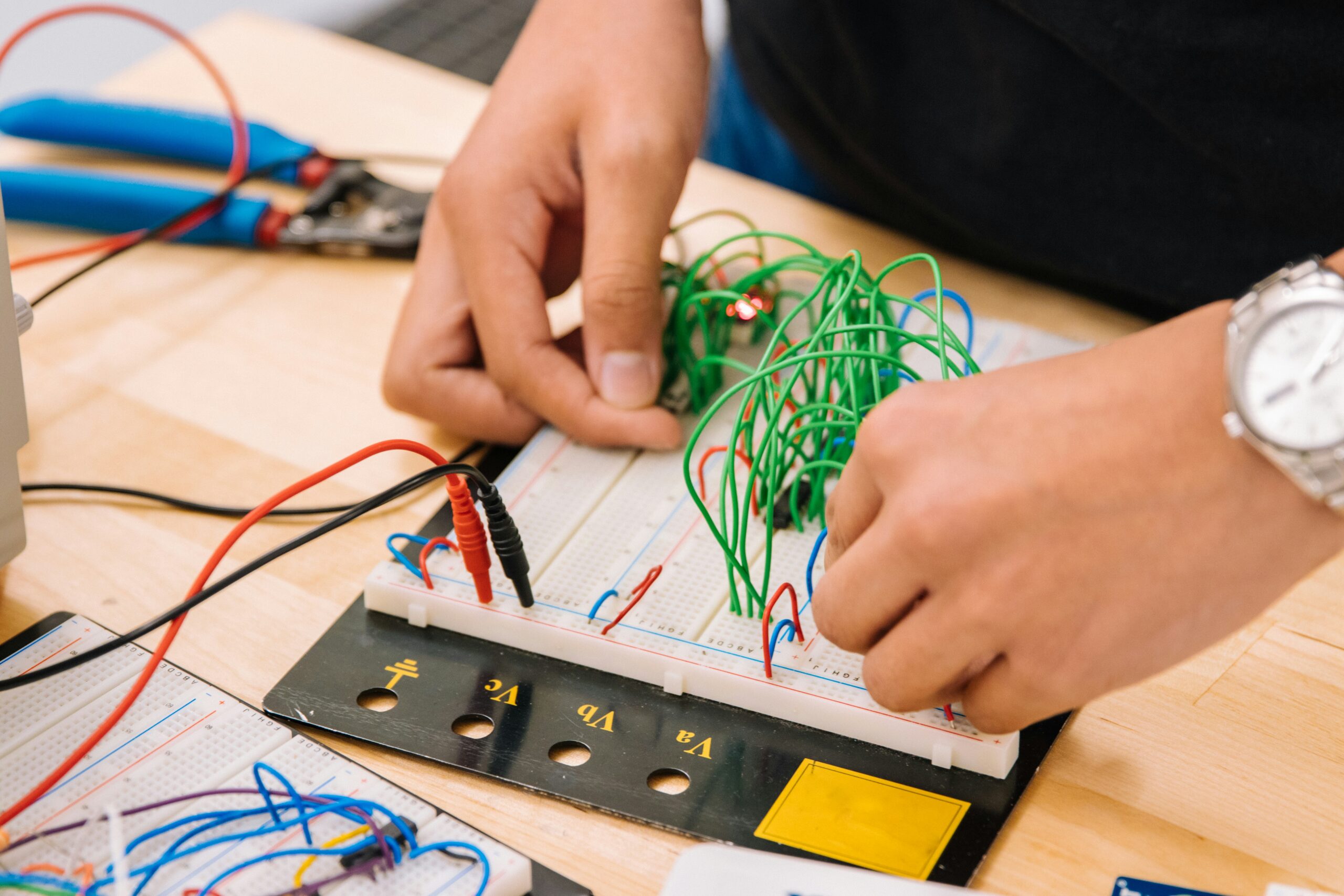
Why ChatGPT-5 Will Make Textbooks Obsolete by 2026
Introduction
In the ever-evolving world of education, artificial intelligence (AI) is no longer just a support tool—it’s becoming the main driver of learning. The upcoming ChatGPT-5 model is poised to revolutionize classrooms globally. With its ability to deliver personalized, adaptive, and real-time information, ChatGPT-5 may very well replace traditional textbooks by 2026.
This transformation marks a shift from static, one-size-fits-all content to interactive, AI-driven education that evolves with the learner.
Related NLP Keywords: AI-powered education, digital classrooms, adaptive learning, ChatGPT in education, virtual tutors, future of learning, AI tools in schools
The Limitations of Traditional Textbooks
Textbooks have been central to education for centuries, but they come with limitations:
- Static content that becomes outdated quickly
- Limited adaptability to different learning styles
- High costs for students and institutions
- Lack of interactivity or engagement
These limitations hinder personalized learning experiences and do not align with how digital-native students consume information.
Why ChatGPT-5 Is a Game-Changer
ChatGPT-5, the next evolution of OpenAI’s language models, introduces a new era in AI-powered learning:
- Natural conversation: Learners can ask questions and get answers instantly.
- Real-time updates: ChatGPT-5 pulls from up-to-date knowledge (when connected to the internet).
- Adaptive learning: Responds to user pace, interest, and understanding.
- Multilingual capabilities: Makes learning accessible globally.

Table: ChatGPT-5 vs. Traditional Textbooks
| Feature | ChatGPT-5 | Traditional Textbooks |
|---|---|---|
| Content Updates | Real-time updates | Updated annually or less |
| Personalization | Highly adaptive | One-size-fits-all |
| Interactivity | Interactive Q&A | Static content |
| Accessibility | Any device, 24/7 | Requires physical access |
| Cost | Lower (per user license) | High (per book) |
| Language Support | Multilingual | Limited to edition |
| Integration with Tools | Seamless with LMS, AR/VR, assessments | Manual or separate platforms |
How Schools Are Adopting AI in 2026
- Curriculum Redesign: Courses are being structured to integrate AI interactions.
- Virtual Tutors: Schools are using ChatGPT-5 to provide 24/7 tutoring support.
- Hybrid Classrooms: Combining AI-led content with teacher oversight.
- Data-Driven Learning Paths: AI collects student data to guide personalized instruction.
Benefits of AI-Powered Learning with ChatGPT-5
- Improved student engagement and retention
- Enhanced learning outcomes with tailored content
- Reduced teacher burnout through automation
- Greater equity in education with global access
List: Top Features of ChatGPT-5 for Students
- Voice-based learning assistance
- Multimodal inputs (images, equations, code)
- Subject-specific expertise
- Instant translation and grammar correction
- Progress tracking and feedback reports
Challenges and Ethical Concerns
While promising, the rise of AI-powered education raises concerns:
- Data privacy and surveillance
- Dependency on technology
- Job displacement for traditional educators
- Access disparities in under-resourced regions
Solutions include setting ethical AI standards, improving digital access, and involving educators in AI design.
Table: AI Integration by Country (Projected 2026)
| Country | % of Schools Using AI Tutors | Government AI Investment (USD) |
| USA | 78% | $12 Billion |
| UK | 71% | $6 Billion |
| India | 67% | $5 Billion |
| China | 88% | $15 Billion |
| Australia | 65% | $4 Billion |
Source: World Economic Forum
Internal Link Suggestions:
- Top AI Tools for Students in 2026
- How to Use ChatGPT for Homework Help
- The Future of Digital Classrooms
External Link Suggestions:
- OpenAI Research on ChatGPT-5
- World Economic Forum on Future of Education
- UNESCO Report on AI in Education
FAQs: AI-Powered Learning and ChatGPT-5
1. Will ChatGPT-5 completely replace teachers?
No. ChatGPT-5 supports and enhances learning but cannot replace human empathy and classroom interaction.
2. Is ChatGPT-5 safe for students?
Yes, when used under supervision and with proper content moderation.
3. How can schools afford AI integration?
Many governments and edtech firms offer grants and subsidies to integrate AI affordably.
4. Can students cheat using ChatGPT-5?
AI tools include plagiarism checks and learning analytics to ensure academic integrity.
5. Is AI-powered learning better than textbooks?
In many cases, yes—especially for engagement, personalization, and accessibility.
Social & SEO Markup
Social Markup :
jsonCopyEdit<script type="application/ld+json">
{
"@context": "https://schema.org",
"@type": "Article",
"mainEntityOfPage": {
"@type": "WebPage",
"@id": "https://yourwebsite.com/chatgpt5-vs-textbooks"
},
"headline": "Why ChatGPT-5 Will Make Textbooks Obsolete by 2026",
"description": "This article explains how ChatGPT-5's AI capabilities are disrupting traditional education systems, leading to the obsolescence of physical textbooks by 2026.",
"image": "https://yourwebsite.com/images/chatgpt5-education.jpg",
"author": {
"@type": "Person",
"name": "Your Name",
"url": "https://yourwebsite.com/about"
},
"publisher": {
"@type": "Organization",
"name": "Your Website Name",
"logo": {
"@type": "ImageObject",
"url": "https://yourwebsite.com/images/logo.png"
}
},
"datePublished": "2025-07-31",
"dateModified": "2025-07-31"
}
</script>
Conclusion
AI-powered learning is not just a trend—it’s the future. By 2026, ChatGPT-5 will likely stand at the center of global education systems, offering tailored, efficient, and engaging alternatives to traditional textbooks. While challenges remain, the opportunities to democratize and personalize learning are unprecedented.